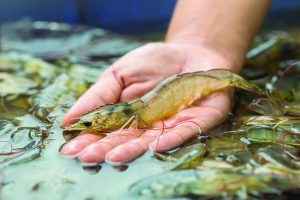
Evaluating hydrolysates as functional ingredients in Pacific white shrimp feeds
An evaluation of hydrolysates shows that cost-benefit, availability, quality and efficiency must be considered for feeding Pacific white shrimp.
Nofima has launched the Millennial Salmon Project, a collaborative research initiative to develop sustainable ingredients for farmed salmon.

An evaluation of hydrolysates shows that cost-benefit, availability, quality and efficiency must be considered for feeding Pacific white shrimp.
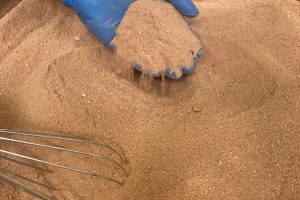
NovoNutrients, a microbial meal producer using industrial waste as an energy source, has secured $9 million in equity to scale production.
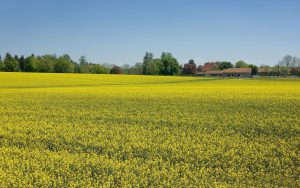
An evaluation of the risks of alternative aquafeed ingredients must be considered to enable the production of safe, sustainable and functional aquafeeds.

With a thriving insect industry in France, new opportunities are emerging to advance aquaculture feeds and mitigate environmental challenges.
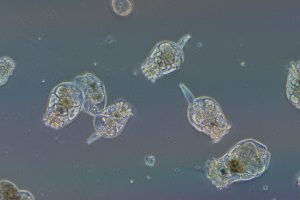
To raise yellowtail and bluefin tuna, a progressively larger feed is required as the fish grow. Japanese researchers are looking to fill the gaps.
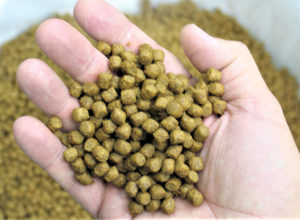
Dr. D. Allen Davis leads an evaluation of potential scenarios and courses of action for feeding fish during disruptions to feed supplies and markets.
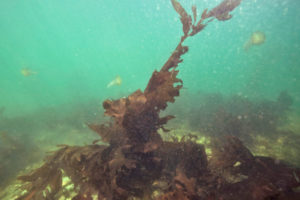
Evaluating macroalgae inclusions in L. vannamei diets show improved growth and intestinal microbiota and prevention of oxidative damage.
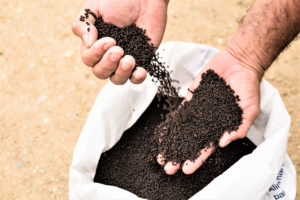
Evaluation of feeds and feeding methods at 639 commercial shrimp ponds in Ecuador showed advantages of extruded feeds and acoustic automated feeders.
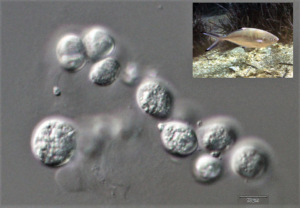
Evaluating Aurantiochytrium sp. diet supplementation on silver pompano shows enhanced fish growth, physiological and biochemical indexes.

Evaluating off-flavor depuration time in Nile tilapia shows it is strongly reduced when farmers adopt a practice of feeding the fish.
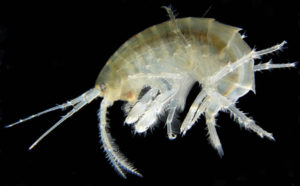
Evaluating potential of underutilized marine organisms as candidates for aquafeed ingredients, emphasizing unfed low-trophic-level species.
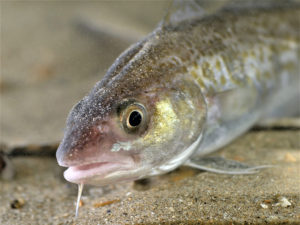
Alternate‐day feeding in Atlantic cod juveniles in Norway resulted in higher weight gain, improved growth and lower feed conversion ratio.
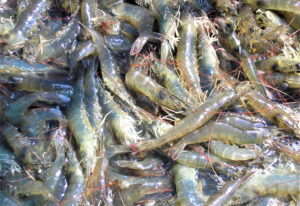
Evaluating the effect of dietary mannan oligosaccharides shows negligible prevalence of various opportunistic, pathogenic bacteria, including Vibrio.
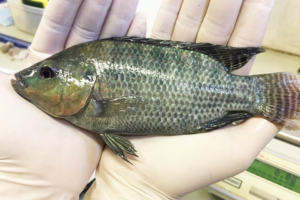
Exogenous enzymes phytase and a xylanase-β-glucanase mixture can, individually or combined, improve growth performance of juvenile Nile tilapia.
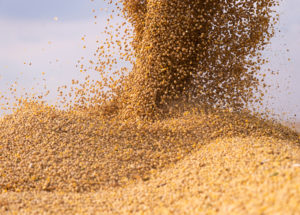
Soy has fueled the growth of aquaculture, but environmental and social concerns for some producing areas are prompting some fish farmers to take stock.